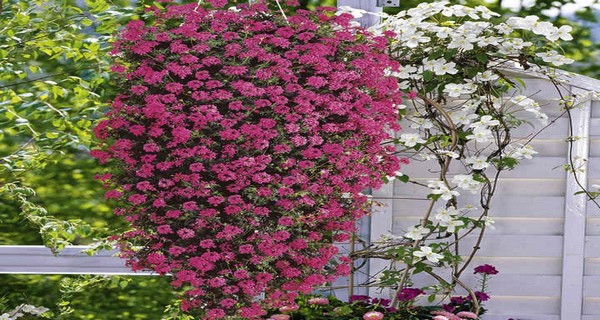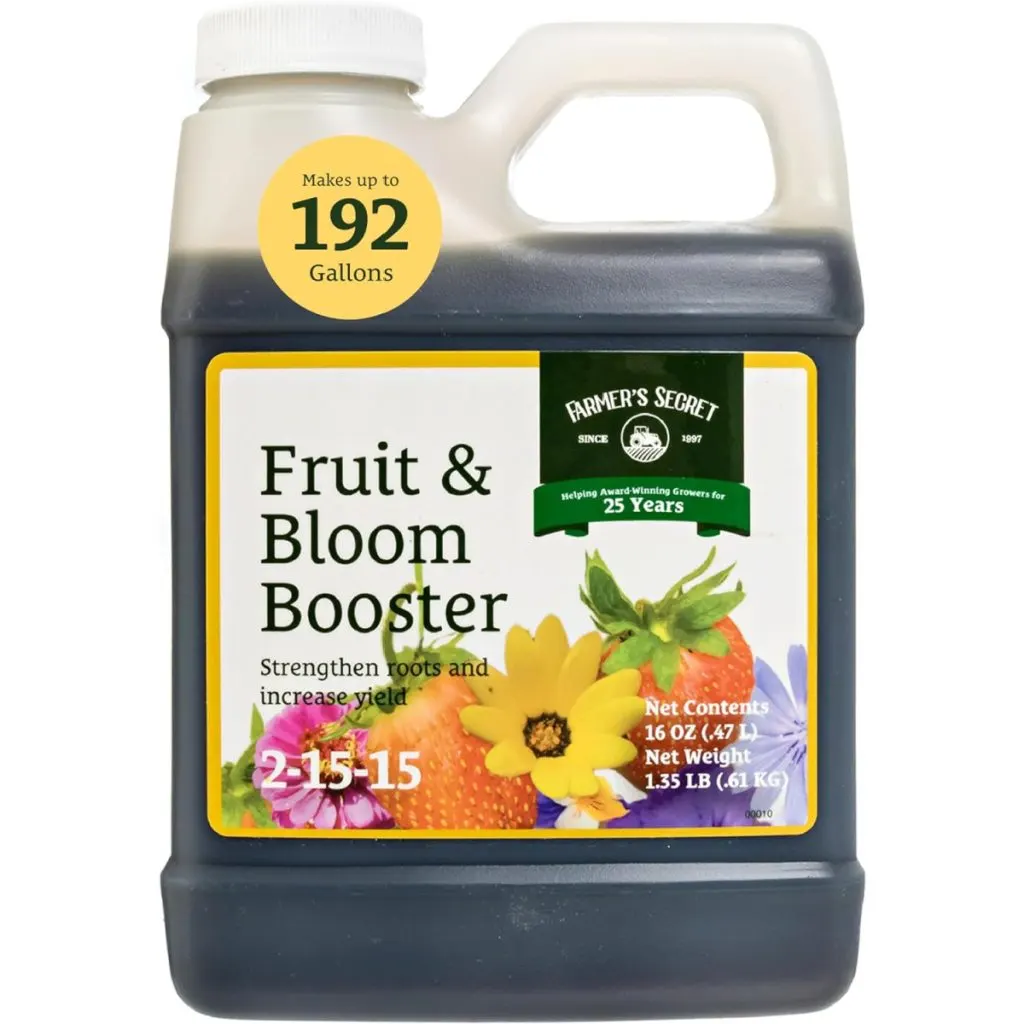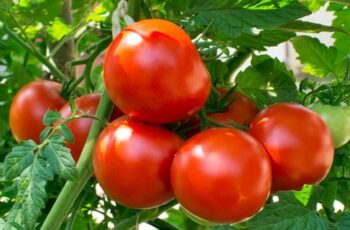Ad Blocker Detected
Our website is made possible by displaying online advertisements to our visitors. Please consider supporting us by disabling your ad blocker.

Fertilizing Hanging Baskets – 2 Secrets Pros Use To Keep Baskets Blooming Big All Summer
The Secret To Fertilizing Hanging Baskets – What The Pro’s Know!
No matter how rich and fertile your potting soil is at the start of the growing season, container plants will eventually deplete the soil of nutrients. When that happens, plants can quickly turn into a mass of wilted leaves and sparse blooms.
This is where fertilizing your baskets becomes essential. However, success isn’t as simple as dumping a big dose of fertilizer on your plants every week or two. While a heavy dose might give them dark green foliage and abundant blooms for a few weeks, it will ultimately shorten the lifespan of your plants. The rapid growth will cause the plants to run out of space in mere weeks.
The good news is there’s a simple secret to fertilizing your hanging baskets perfectly—just like the garden professionals do to keep their baskets gorgeous all summer long!
The 2 Simple Secrets To Fertilizing Hanging Baskets

If you provide too few nutrients, your plants will run out of energy. But if you provide too much, the plants will focus on growing roots and foliage instead of flowers. Over-fertilizing can cause plants to become root-bound and overgrown within a month or two, leading to a decline in blooms.
Another common issue is feeding hanging baskets the wrong type of energy. Many gardeners use fertilizers with too much nitrogen, which promotes deep green growth but not blooms.
So, how do you get it right? And what fertilizer should you use to keep your baskets as beautiful as the pros do? Success lies in giving your plants a one-two punch of perfect power throughout the season.
The first secret is to apply a low dose of slow-release granular fertilizer every month. The second secret is to use a liquid fertilizer with the right mix of “blooming” nutrients every two weeks. Here’s a look at what to use and how to do both with ease!
Fertilizing Hanging Baskets Like A Pro – What To Use & How To Apply
Slow Release Dry Fertilizer
A monthly dose of slow-release granular fertilizer gently feeds the roots of your plants, maintaining the right balance of nutrients to keep them healthy and strong. This type of fertilizer is applied on the surface, and each time you water, the nutrients slowly soak down to the roots.
There are two choices for powering plants with slow-release fertilizer: a commercial granular product or natural worm castings. Both work well, but for us, worm castings are our go-to slow-release dry fertilizer for hanging baskets. Affiliate Link: 100% Pure Organic Worm Castings Fertilizer
And then the magic begins! Every time we water the baskets or it rains, the nutrients from the castings leach into the roots, gently powering the plant with an easy-to-absorb nutrient source.
If you choose a commercial fertilizer, select an all-purpose fertilizer with a lower N-P-K ratio, like 5-5-5, instead of a 10-10-10 or higher product. This will help avoid overwhelming the plants with too much energy at once. Affiliate Product: Natural Alternative 5-5-5 All-Purpose Plant Food
Liquid Fertilizing – How To Best Fertilize Hanging Baskets
In addition to the slow-release granular feeding, you can boost your baskets every two weeks with a liquid dose of power. Liquid fertilizers absorb quickly and start working fast.
The real secret is to use a liquid fertilizer with a much higher percentage of phosphorus and potassium than nitrogen. Phosphorus and potassium specifically enhance blooming, while nitrogen promotes overall growth.
Think of it this way: the slow-release granular fertilizer supports steady overall plant growth, while the liquid fertilizer specifically boosts blooms. Therefore, it should have low nitrogen (which powers growth) and high phosphorus and potassium to encourage more flowers.
Look for a liquid fertilizer with N-P-K ratios that have at least triple the amount of phosphorus and potassium compared to nitrogen. We recommend the Farmer’s Secret Bloom Booster formula because it has a low nitrogen content (2) and high phosphorus and potassium levels (15). Affiliate Link: FaFarmer’s Secret Fruit & Bloom Booster Fertilizer



